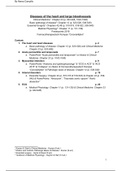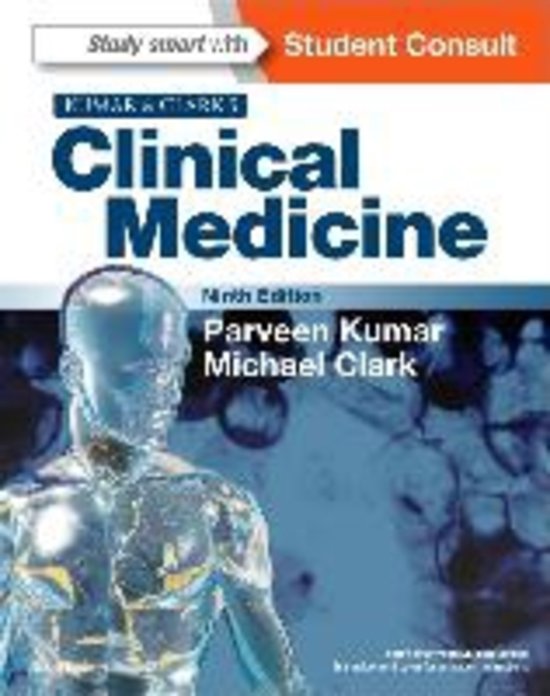Summary
Summary Diseases of the heart and large blood vessels
- Course
- Institution
- Book
Summary of diseases of the heart and large blood vessels. Based on many books: - Kumar & Clark’s Clinical Medicine - Kumar, 9th edition - Textbook of Medical Physiology - Guyton & Hall, 13th edition - Robins and Coltran Pathologic Basis of Disease - Kumar, 9th edition - Essential surgery - Quick...
[Show more]




